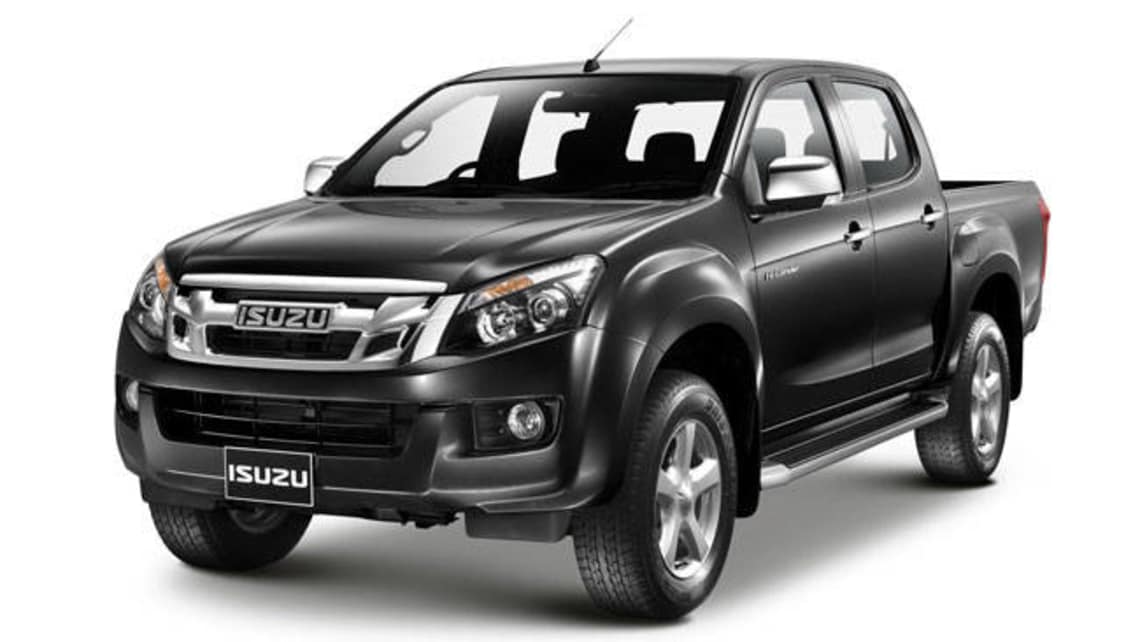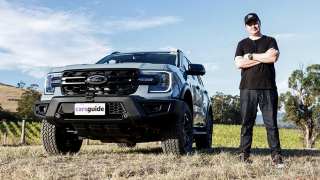
New D-MAX on the way

The Thai-built D-Max ute’s sheetmetal is pretty much the same with detail body hardware changes differentiating the two but where Holden went for a new 2.8-litre turbodiesel four pot donk, Isuzu stuck with the previous 3.0-litre turbo diesel.
It has been modified for more power and torque and lower fuel consumption but is the same engine nevertheless. D-MAX arrives in dealers early July in five spec levels and three body configurations with a new 'Space' cab body featuring rear 'Wing' doors joining single and crew cab variants.
Isuzu Ute says the new D-MAX builds on the previous models reliability and economy with new levels of performance, safety and comfort across the entire range. They did over 4,000,000km of testing in the development phase of the new D-MAX. The range starts with the 4x2 SX single cab rising to the range topping 4x4 LS-Terrain crew cab
All score more standard equipment including aircon with a fine-particle pollen filter and a new audio system with iPod and Bluetooth connectivity. An overall extension of the chassis has allowed for a larger cabin interior across the range for improved comfort. Wider door arches and A-pillar assist grips make access easier. A new seat design with `wrap-around' bolsters provide increased shoulder, back and base support.
Safety enhancements include stability control and six airbags. Further enhancing safety is a new collapsible steering column and brake pedal, while pedestrian safety has been improved with an impact absorbing bonnet design, recessed fog lamps and shatter-resistant polycarbonate headlamp covers.
Performance upgrades haven't been ignored Engine changes yield an increase in power to 130kW/380Nm but the engine is only Euro4 compliant. New D-MAX introduces a new "Terrain Command'' 4WD select dial, allowing the driver to adjust between two-and four-wheel drive modes while travelling at speeds of up to 100km/h.
The optional auto is a five speeder with 'Hill Descent' and 'Hill-Ascent' modes. The manual is also a five-speed unit. The vehicle's ladder chassis is a development of the previous model and is a stiffer design with improved cross bracing at the rear.
This new chassis design also provides additional vehicle stability because of an extended wheelbase, wider wheel tracks and optimal engine installation just behind the front wheels.Wheelbase goes up from 3050mm to 3095mm across the range.
Ride and handling has also been improved with a newly developed "Flex-Ride'' suspension geometry. Independent double wish-bone with coil springs and gas shock absorbers up front and long span leaf-springs at the rear. The 4x4 models have a 3.0 tonne (braked) towing capacity and a load capacity of approximately 1,000kg across the range.








Comments